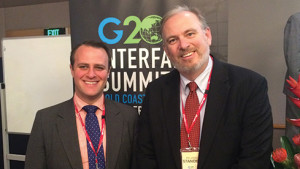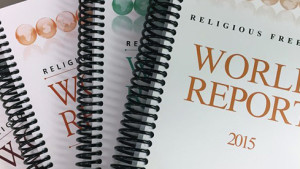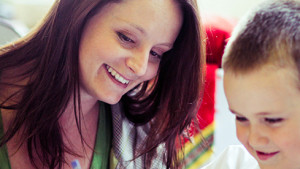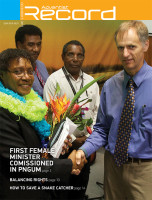Balancing rights1
We are now seeing played out in the United States and Canada a triumphalist approach to the imposition of LGBT (lesbian, gay, bisexual, and transgender) rights in which there are winners and losers, with the religious community being the obvious losers. In most cases, the conflicts could easily be resolved without undue friction.
In order to do so, however, it must first be recognised that no two rights are the same, and that every right requires sensitivity and wisdom when defining its parameters. LGBT advocates often draw a parallel between race and sexual orientation, with the imperative that every precedent applicable to race should be applied to sexual orientation. But a rigid application of the precedents pertaining to race to other rights does not work. For example, racial and gender equality are dealt with quite distinctly in a number of ways. While it is an odious reminder of prejudice to segregate toilet facilities on the basis of race, for example, it is wholly acceptable, and in many cases essential, to segregate toilet facilities on the basis of gender. Similarly, while racially segregated professional sports leagues are generally unacceptable, sports leagues segregated on the basis of gender are generally acceptable.
This distinction is not because gender rights are of lesser importance than racial rights, but that the underlying nature of the rights protected are distinct and carry with them commonsense differences in the way they are protected.
Similarly LGBT rights and racial rights are distinct, and blindly applying the analysis of one to the other leads to unnecessarily divisive, harmful results that fracture our society. It ignores the immense importance of religious freedom rights in the building and progressing of a stable, peaceful and harmonious multicultural society.2 It also ignores the innate importance of religious freedom as a fundamental right necessary both for individuals to explore and understand the meaning and purpose of their lives, and for the building of community that supports and nurtures us. And it further ignores the immense good religious freedom provides in a wide variety of aspects of society, including mental health,3 family life, building social capital4 and economic progress.5
In the Jewish, Christian and Muslim faiths marriage is defined as a heterosexual union. While there are some within each faith tradition who have changed their doctrine on human sexuality, it does not obscure that this is very firmly and broadly the view of the vast bulk of adherents in all these faith traditions. We can choose to criminalise these sincerely held religious beliefs or we can work to ensure that as a society we can agree to disagree.
Towards that end, any statutes that redefine marriage to include same-sex couples must provide robust protection for Australians whose faith teaches against the practice. In Australia, we do not want florists subjected to punitive fines from the state, bakers driven out of business for their beliefs and people fired from their jobs, just because their sincerely held religious views have remained steady. All when a simple respect of religious freedom rights would avoid all the heartache, pain and friction involved. People of good faith, recognising our differences and valuing our diversity, can avoid the temptation to use the law to penalise and marginalise those with whom they disagree.
A little bit of consideration and commonsense will avoid Australia descending into the intractable culture wars that grip the United States and have created enormous societal friction in Canada. The choice is ours. To maintain commonsense religious freedom protections, or to spend the next five decades in a political and legal civil culture war that harms everyone. Australia can be an example of what is possible when sensible compromises based on mutual respect are made.







